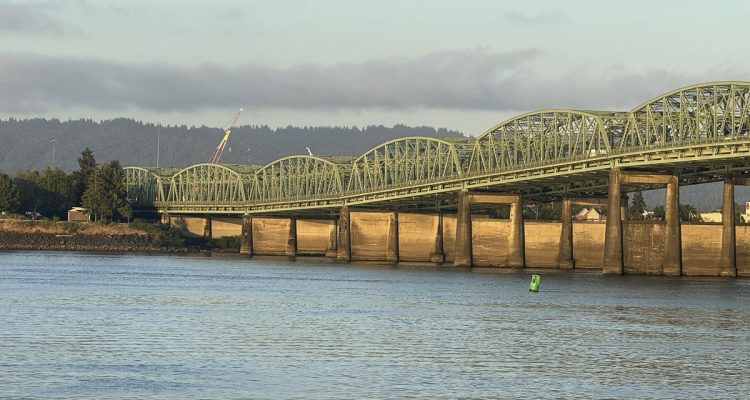We recently asked the Washington State Department of Transportation (WSDOT) for data on traffic delays. As the former WSDOT Secretary, Doug MacDonald, put it so well – “what gets measured, gets managed.” Unfortunately for everyone who depends on our road system, WSDOT no longer measures traffic delays, despite having the tools to do so. As the current WSDOT Secretary, Roger Millar, puts it – “Traffic congestion…is a problem we simply cannot solve.”
We first noticed the agency no longer had any real goal for traffic congestion relief in 2016, when reporting on the 63rd issue of the agency’s “Gray Notebook.”
In 2018, we wrote about this problem again, as WSDOT stopped reporting traffic delays altogether in the Gray Notebook, forcing the public to become detectives and dig through pages of obscure reports if they wanted to unearth this information at all.
I decided to ask WSDOT officials what’s going on. Here was the public disclosure request we sent about a month ago:
The 2018 Corridor Capacity Report shows three data points that have not been reported on since 2014, showing an "N/A" -
1. Percent of state highway system congested
2. Total vehicle hours of delay (in millions of hours)
3. Cost of delay on state highways (in millions)
Does WSDOT have this data for years 2015, 2016 and 2017? If so, I would like to see it. If it is not being tracked, can WSDOT please explain why not?
WSDOT officials responded with two separate emails. One email stated:
After consulting with the appropriate office(s) regarding your request, I was informed that a very diligent search was conducted and no records were found responsive to your request.
A follow-up email provided a lengthier response to my last question – if the traffic delays aren’t being tracked, why not? Their response:
WSDOT stopped reporting statewide delay in 2015 when it was discovered the methodology being used to calculate delay was not suited for growing congested areas. To accurately estimate statewide delay, WSDOT would need to collect travel time data at a much denser level which would require a significant investment in additional infrastructure. WSDOT’s data program continues to focus its limited resources on collecting, processing and reporting travel data for the purpose of fulfilling federal reporting requirements.
This is unacceptable for any state transportation agency for two reasons.
First, the legislature added congestion relief to the list of state transportation policy goals – a long-standing WPC recommendation. The state policy goal pertaining to mobility is “to improve the predictable movement of goods and people throughout Washington state, including congestion relief and improved freight mobility” (RCW 47.04.280).
In other words, WSDOT is required by statute to reduce traffic congestion. Given this statutory obligation, how is the agency complying if delays are not being measured, as they indicate in their response?
Second, taxpayers have paid for a top-notch, robust data collection system with loop detectors, which can give vehicle counts and determine speeds – making congestion calculations as easy as long division. WSDOT has some of the best data collection around.
If WSDOT officials are not willing to report the data that’s needed to meet their statutory obligation to reduce traffic congestion, or they are simply not up for the job, they should outsource it to those in the private sector who can.
Ultimately, WSDOT’s lack of a real response reflects their misdirected priorities. Traffic relief is a top priority for the public. It should be a top priority for the agency.






